Board Management designed for scale.
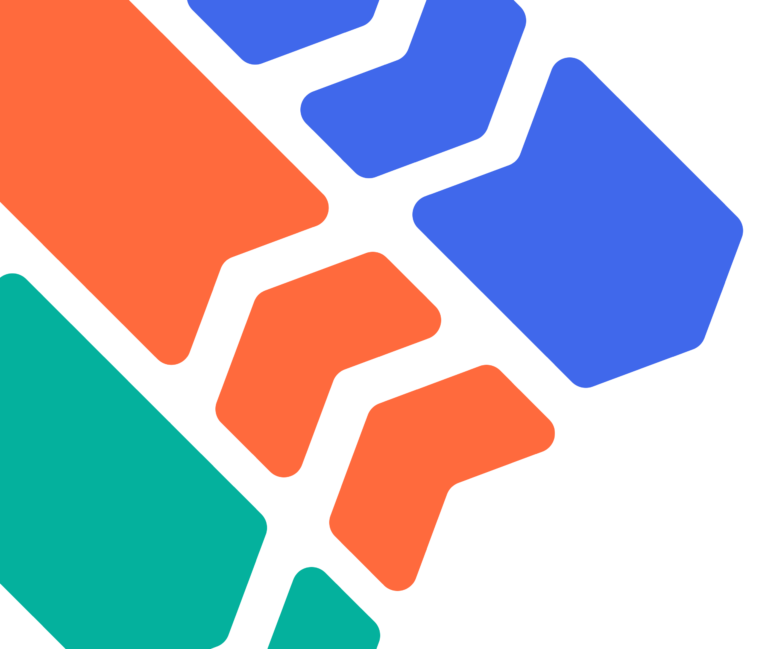
Board Management designed for scale.

For Non-Profit and For-Profit Boards, it’s challenging to bring executives, board members, volunteers, and contractors together towards a common goal. Papers stored in cabinets or various, unsecure softwares, poorly managed meetings, and low engagement are all core to the challenges of the Board. For the past 5 years, Boardable has solved this with a unique, all-in-one platform to handle all aspects of Board Manage and Engagement.
In 2022, the Product Team at Boardable embarked on a path to create the future vision for the platform used by over 250k members. The project took 7 months, and is currently in the Launch Planning stage, to be completed in November 2022.
My job was to lead the research, design, and execution of this full platform redesign.
My Role
Discovery & Research
Product Management
Low & high fidelity design
Design Systems
Competitor Analysis
Tools
Figma
Figjam
Jira
Productboard
Date
2022
My Role
Discovery & Research
Product Management
Low & high fidelity design
Design Systems
Competitor Analysis
Tools
Figma
Figjam
Jira
Productboard
Date
2022
For Non-Profit and For-Profit Boards, it’s challenging to bring executives, board members, volunteers, and contractors together towards a common goal. Papers stored in cabinets or various, unsecure softwares, poorly managed meetings, and low engagement are all core to the challenges of the Board. For the past 5 years, Boardable has solved this with a unique, all-in-one platform to handle all aspects of Board Manage and Engagement.
In 2022, the Product Team at Boardable embarked on a path to create the future vision for the platform used by over 250k members. The project took 7 months, and is currently in the Launch Planning stage, to be completed in November 2022.
My job was to lead the research, design, and execution of this full platform redesign.
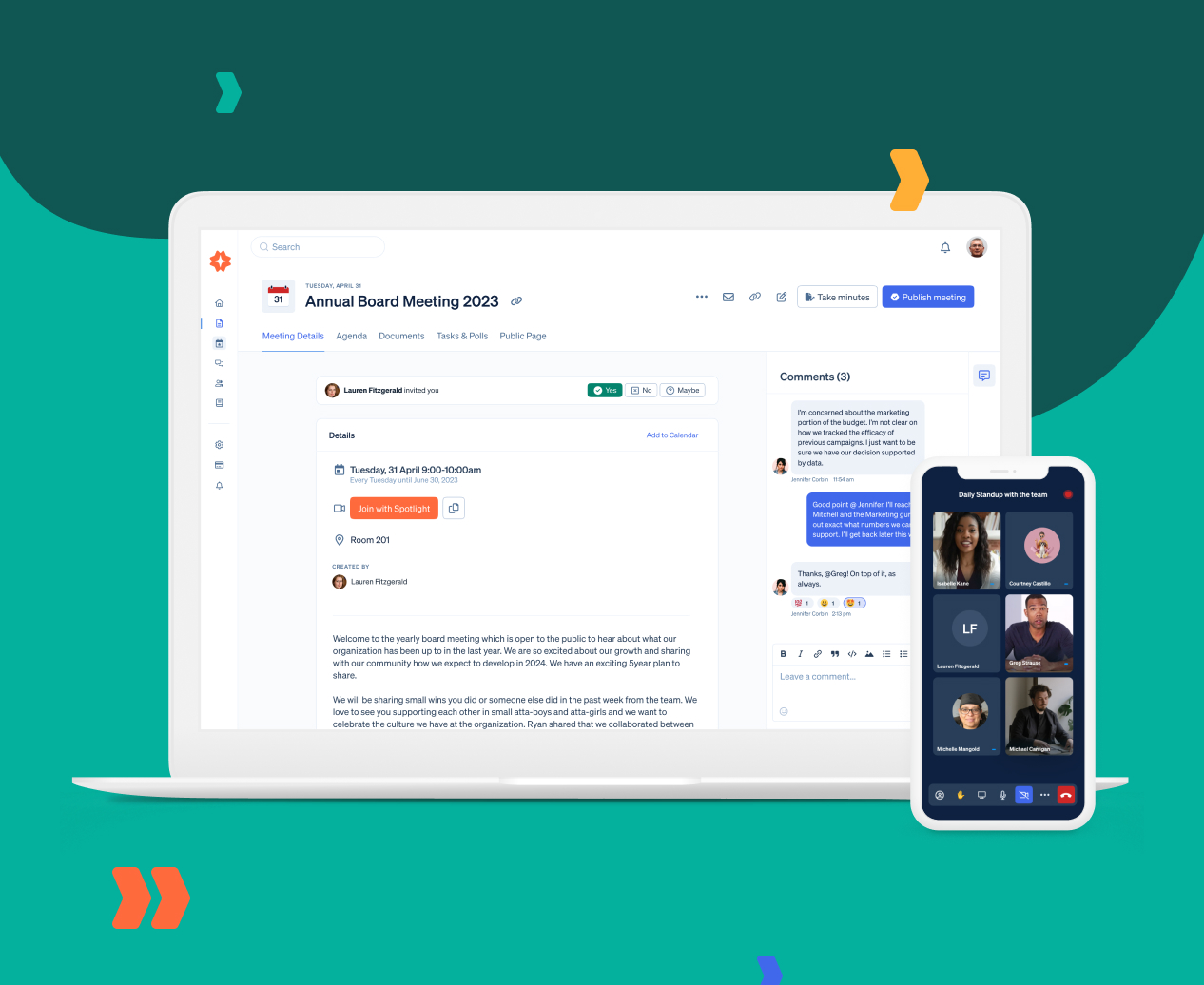
Discovery & research
A project like this doesn’t start with wireframes or low-fidelity designs. It’s starts with research and talking directly to our users. To determine our goals listed below, we interviewed key customers, prospects in our target market, reviewed in-depth feedback stored and prioritized in Productboard.
First, the Customer Success, Design, Product, Engineering, and Support teams spent time aligning our minds on this endeavor. Customer Success helped express the perceived needs of our customers, Engineering discussed the need for technical efficiencies, Product discussed the vision and how this would impact Boardable’s future, and Design advocated for consistency, modularity, and an improved experience.
Next, our Customer Success team gathered a Customer Advisory Board of current customers to help us understand their full needs and hopes for Boardable. These customers covered a wide range of traits: large teams, small teams, high Boardable usage, low Boardable usage, nonprofits, Realtor Associations, and more. We wanted to hear feedback from all those different experiences.
Next, we dug into customer feedback. As Director of Product Management, my team has collected thousands of comments & requests for our platform over the past year. We use the KANO Prioritization Model to balance that feedback with business needs and rank priority by numeric score. These scores enabled our teams to identify our core areas of focus, easy improvements, and what to avoid in our work.
We engaged with customers to gain feedback during the design and development stages. With the help of these customers, we were able to iterate and adjust to their needs during the earliest stages.
Finally, when the project was nearing the finish line we gathered many of those same customers to complete usability tests and task completion challenges.
Discovery & research
A project like this doesn’t start with wireframes or low-fidelity designs. It’s starts with research and talking directly to our users. To determine our goals listed below, we interviewed key customers, prospects in our target market, reviewed in-depth feedback stored and prioritized in Productboard.
First, the Customer Success, Design, Product, Engineering, and Support teams spent time aligning our minds on this endeavor. Customer Success helped express the perceived needs of our customers, Engineering discussed the need for technical efficiencies, Product discussed the vision and how this would impact Boardable’s future, and Design advocated for consistency, modularity, and an improved experience.
Next, our Customer Success team gathered a Customer Advisory Board of current customers to help us understand their full needs and hopes for Boardable. These customers covered a wide range of traits: large teams, small teams, high Boardable usage, low Boardable usage, nonprofits, Realtor Associations, and more. We wanted to hear feedback from all those different experiences.
Next, we dug into customer feedback. As Director of Product Management, my team has collected thousands of comments & requests for our platform over the past year. We use the KANO Prioritization Model to balance that feedback with business needs and rank priority by numeric score. These scores enabled our teams to identify our core areas of focus, easy improvements, and what to avoid in our work.
We engaged with customers to gain feedback during the design and development stages. With the help of these customers, we were able to iterate and adjust to their needs during the earliest stages.
Finally, when the project was nearing the finish line we gathered many of those same customers to complete usability tests and task completion challenges.
The Goals
Architect a modular, scalable system of design
Boardable in its former design state limited the impact our Design and Engineering teams could make. A core focus of this project was to create a modular, scalable Design System that allow designers & engineers to speak the same language, move quickly, and get creative all while staying consistent.
Meet WCAG 2.0 Accessibility Guidelines
Ensure that all users, including those with visual, audio, and physical impairments can use Boardable in the way they need.
Modernize the interface
It’s easy to know when something hasn’t been touched in years. We needed to grab Boardable’s old interface from the storage room, dust it off, and make it new again.
Introduce common, recognizable UX patterns
So often, designers try to reinvent what already works. This works well at times, but for the majority of experiences people are looking to get their work done well and done quickly. By leveraging common UX patterns and workflows found inside and outside of Boardable, we bring that familiarity and ease to our users.
Increase efficiencies
A glaring issue with Boardable’s platform was the painstakingly slow page loads. We rearchitected how we store and load user data throughout the Boardable platform. Now, Boardable will process only what the user needs.
Design System
Partnering with Engineering, we designed and built over 200 code-ready design components in Vue and React, the two core languages found in the Boardable platform. This system of components, rules, and reasoning enabled our designers to design quickly and focus on solving problems, not pixels. To the same end, engineers were able to stay consistent and “plug and play” with the right components throughout the project.
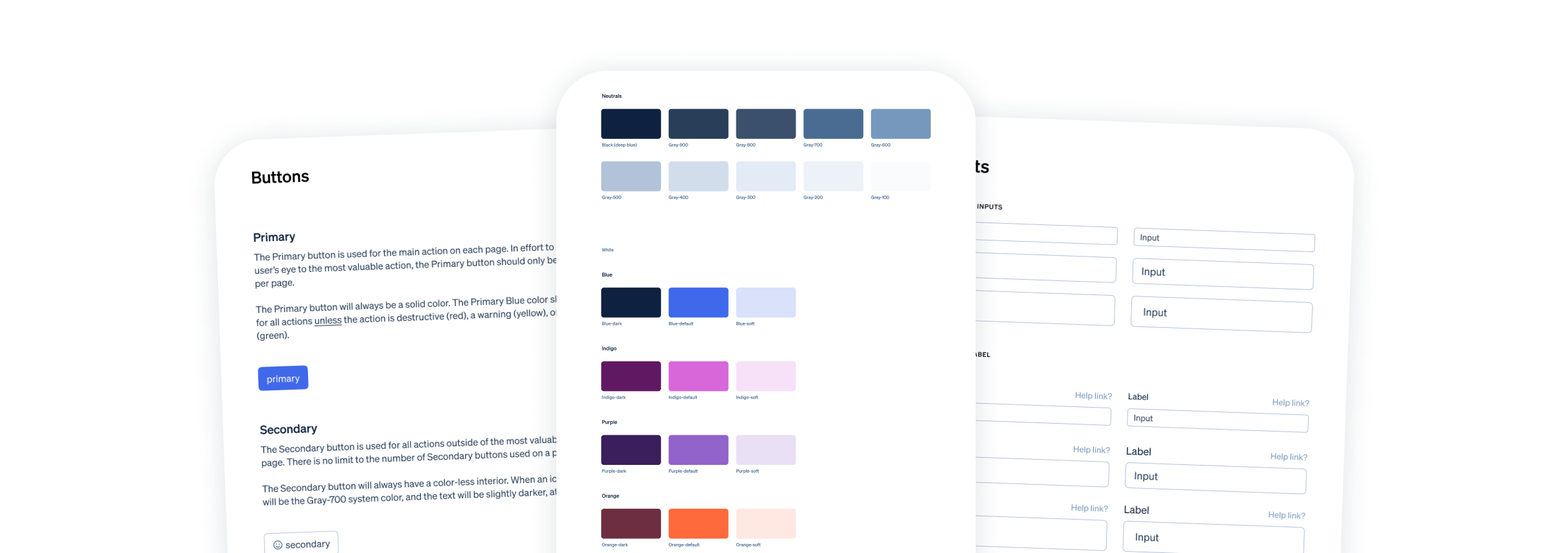
The Platform
A project like this doesn’t start with wireframes or low-fidelity designs. It’s starts with research and talking directly to our users. To determine our goals listed below, we interviewed key customers, prospects in our target market, reviewed in-depth feedback stored and prioritized in Productboard.
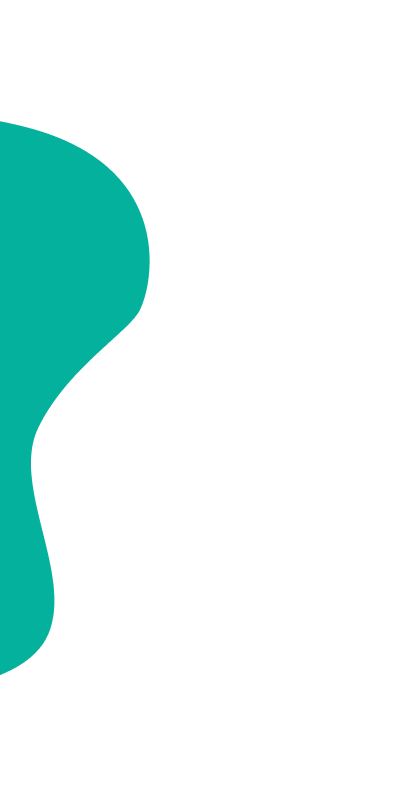
Secure document collaboration
In our research, we determined that collaboration – in a SOC2 compliant solution – was a key gap in our solution. To solve this, we implemented a solution where users can view, annotate and comment on all documents stored in the Boardable Document Center.
Additionally, we met our users where they work by integrating with GDrive and Dropbox to enable document editing right inside Boardable.
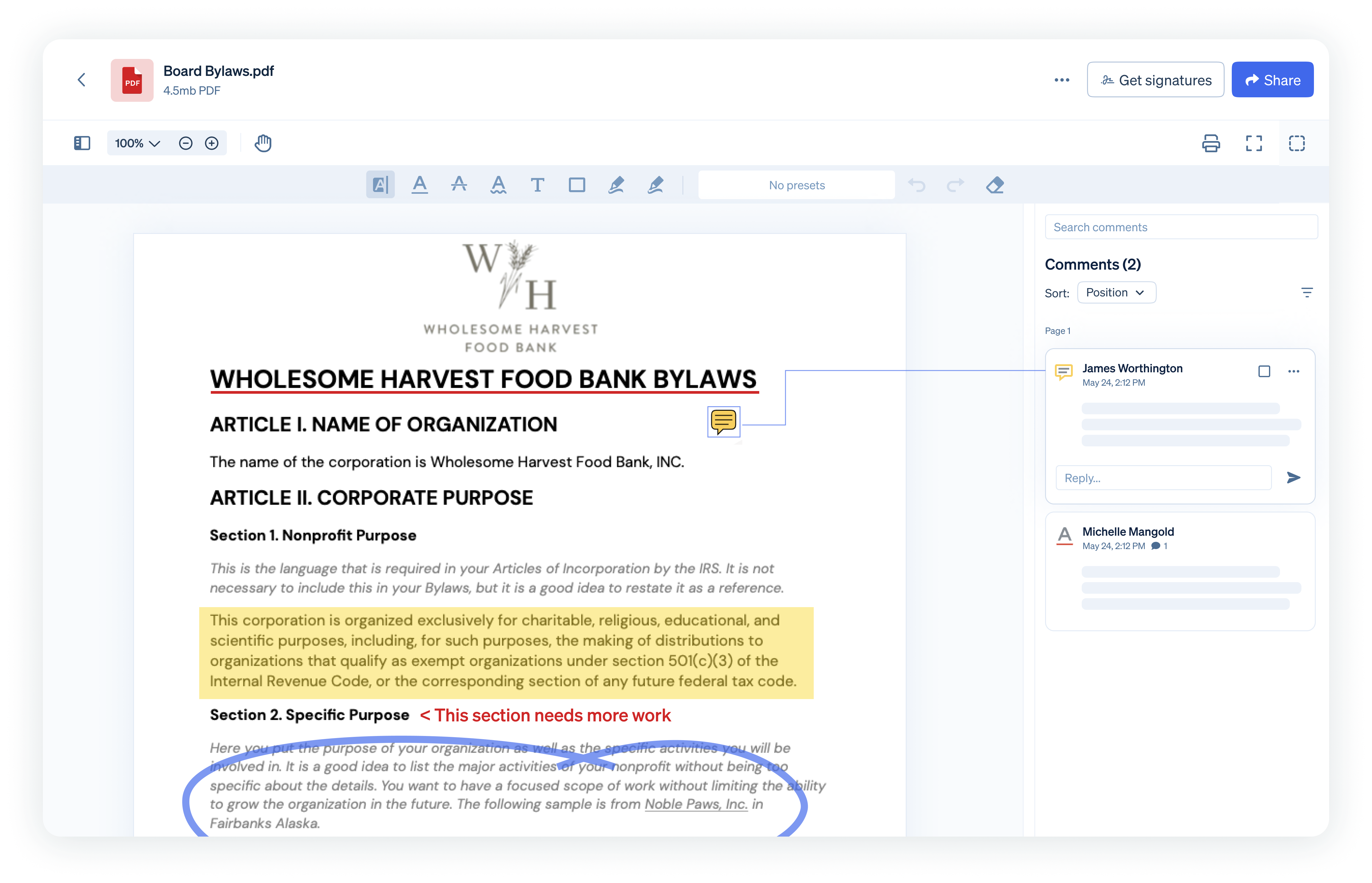
Secure document collaboration
In our research, we determined that collaboration – in a SOC2 compliant solution – was a key gap in our solution. To solve this, we implemented a solution where users can view, annotate and comment on all documents stored in the Boardable Document Center.
Additionally, we met our users where they work by integrating with GDrive and Dropbox to enable document editing right inside Boardable.

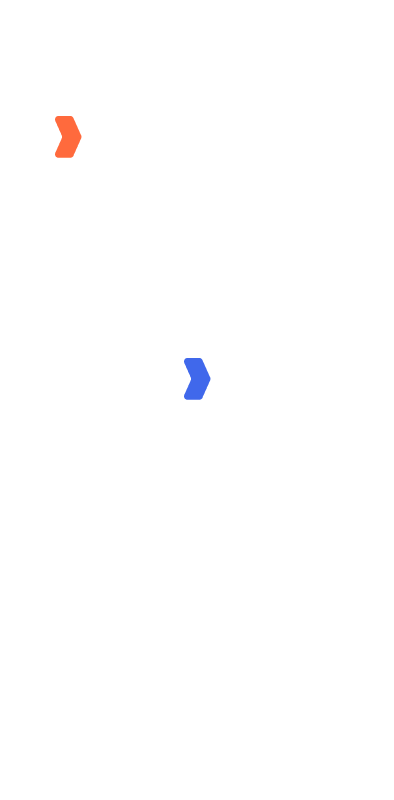
Prepare for meetings the right way
Scheduling the board meeting is only step one. Executive Assistance need to make sure that the Agenda is completed and approved, supplemental documents are available, and members & contractors are invited.
My core focus here was making meeting preparation a simple, collaborative, and connected experience to ensure that all attendees are prepped and ready to discuss the agenda.
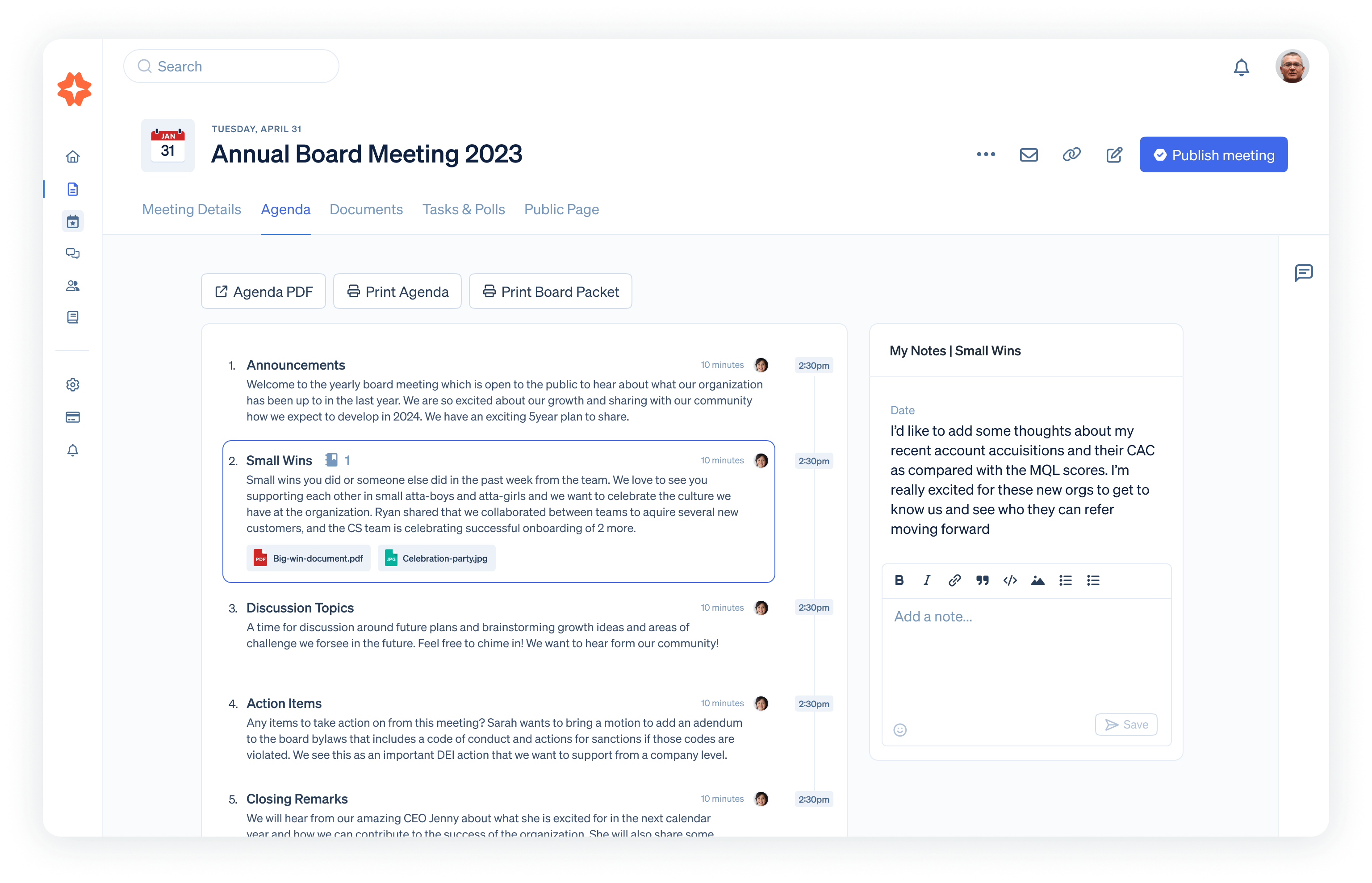
Prepare for meetings the right way
Scheduling the board meeting is only step one. Executive Assistance need to make sure that the Agenda is completed and approved, supplemental documents are available, and members & contractors are invited.
My core focus here was making meeting preparation a simple, collaborative, and connected experience to ensure that all attendees are prepped and ready to discuss the agenda.


Virtual meetings, made for the Board Room
We designed Boardable’s Spotlight – a video conference solution – to address the needs of Boards. Spotlight brings the agenda, supplemental documents, and Minutes Recording right into your virtual meeting.
Those collaborative documents we talked about before? I designed and managed the development of real-time annotations in the meeting, for all to see and discuss.
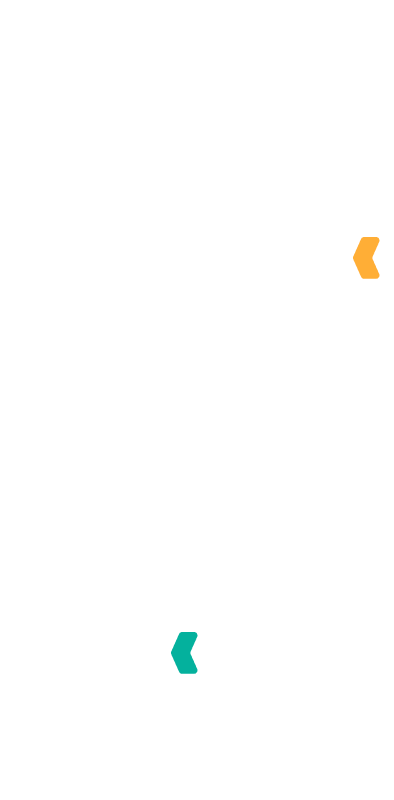

Virtual mades, made for the Board Room
We designed Boardable’s Spotlight – a video conference solution – to address the needs of Boards. Spotlight brings the agenda, supplemental documents, and Minutes Recording right into your virtual meeting.
Those collaborative documents we talked about before? I designed and managed the development of real-time annotations in the meeting, for all to see and discuss.
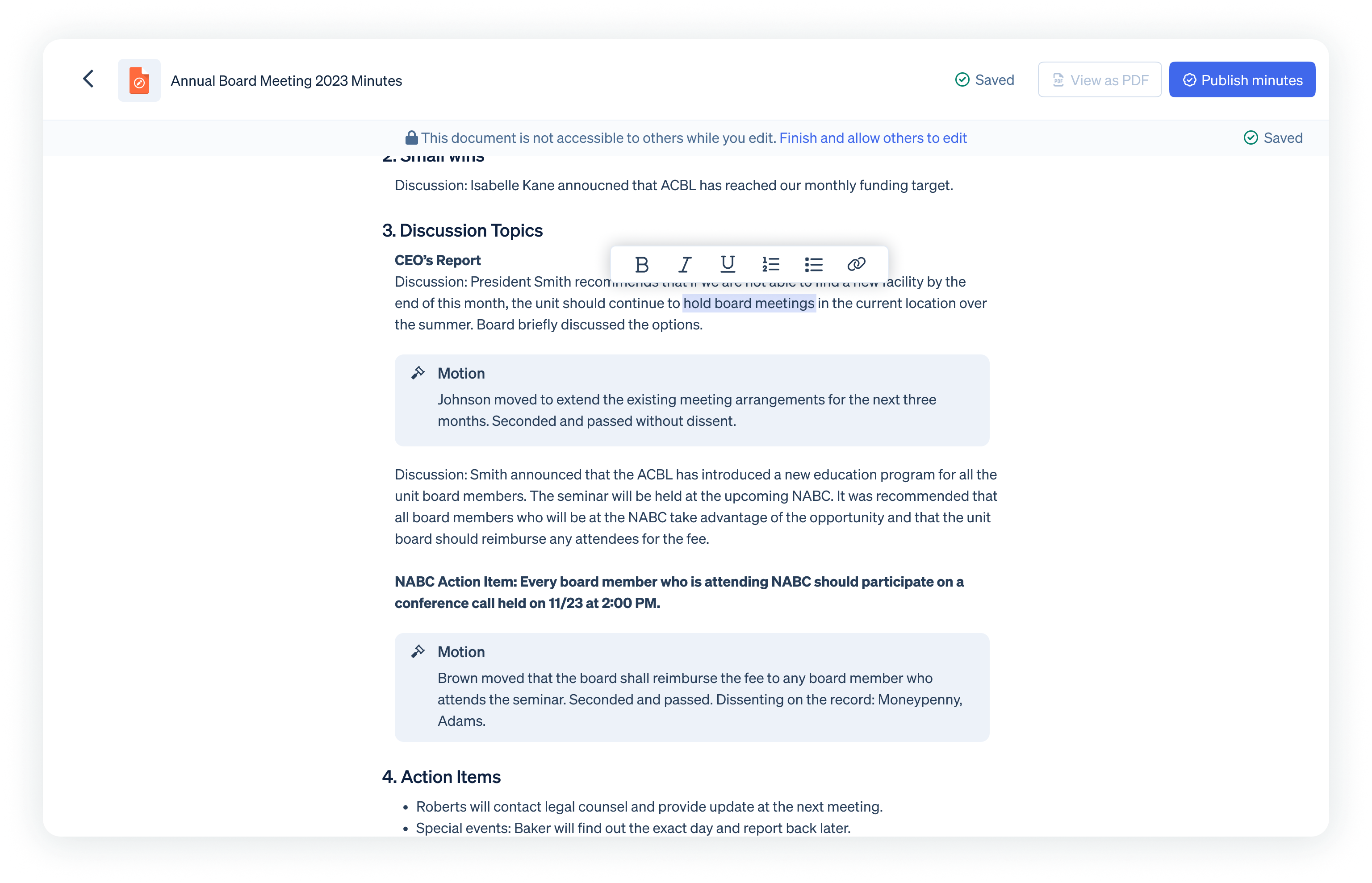
Easily take Minutes with the new editor
Our user interviews shed light on the immense difficulty (and aggravation) involved with creating Minutes in Boardable. It was buggy, no copy/paste, could only edit one section at a time. It wasn’t intuitive.
Based on the feedback we received, we completely rebuilt the Minutes experience to enable easy recording real-time in meetings. The new Minutes solution gets rid of the segmented, labor-intensive process and gives the user a single, free-flowing document editor.

Easily take Minutes with the new editor
Our user interviews shed light on the immense difficulty (and aggravation) involved with creating Minutes in Boardable. It was buggy, no copy/paste, could only edit one section at a time. It wasn’t intuitive.
Based on the feedback we received, we completely rebuilt the Minutes experience to enable easy recording real-time in meetings. The new Minutes solution gets rid of the segmented, labor-intensive process and gives the user a single, free-flowing document editor.


